I recently acquired a second-hand Texas Instruments TI-92 Plus graphing calculator, which is considered a vintage product, originally released at the end of the last century (1999). It is now regarded as a classic from Texas Instruments. Although I already own a Texas Instruments graphing calculator, the TI-Nspire CX CAS, I personally prefer the classic handheld device with a QWERTY keyboard (the personal collection value of classic devices outweighs their practical value).
I initially wanted to get a TI Voyage 200 (which is an upgraded version of the TI-92 Plus, with a Flash ROM three times that of the TI-92 Plus and a slightly higher version of the CAS system, while other hardware and software parameters are basically the same as the TI-92 Plus), but it has become quite difficult to find a well-preserved Voyage 200, and even if available, they are priced from hundreds to thousands of yuan; thus, I settled for a decent TI-92 Plus (I bought it for 200 yuan on Xianyu). Last year, forum friends also sold them in bulk, although I had already paid for the Android version of the TI graphing calculator emulator on Google Play two years ago, which can fully simulate the system of this graphing calculator. However, being an emulator, the feel of the virtual screen buttons cannot compare to the physical buttons of the actual calculator.
Here are some overall and close-up photos of this graphing calculator:
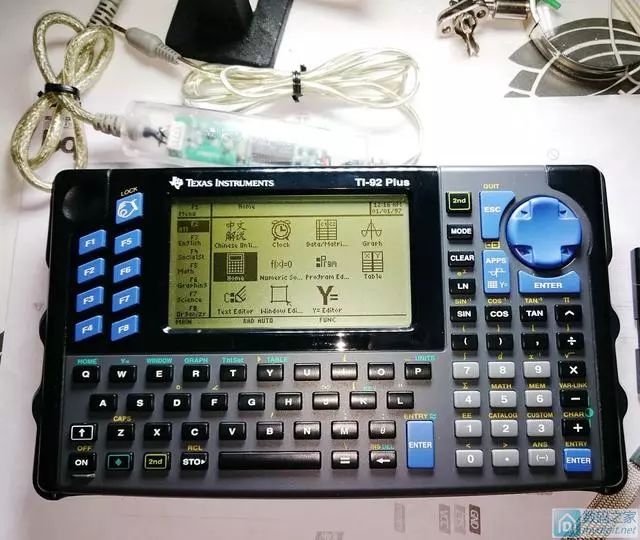
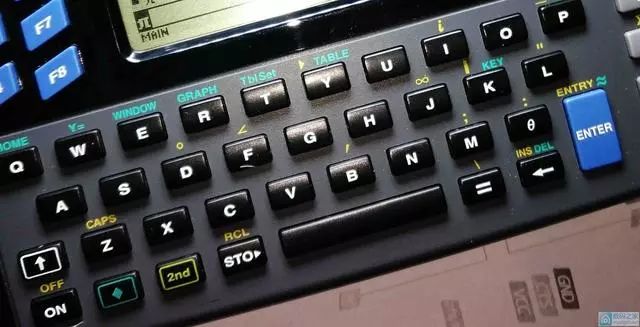
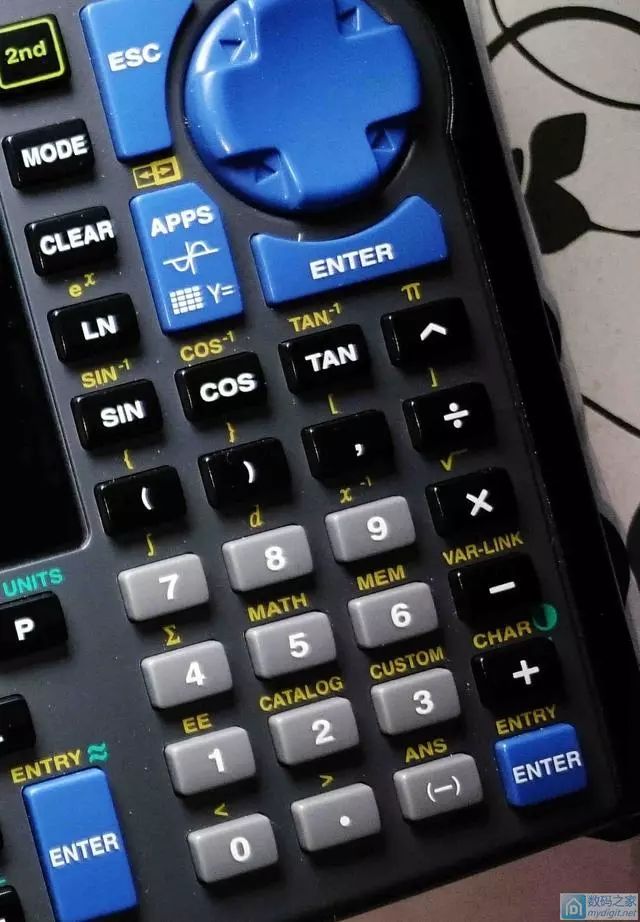
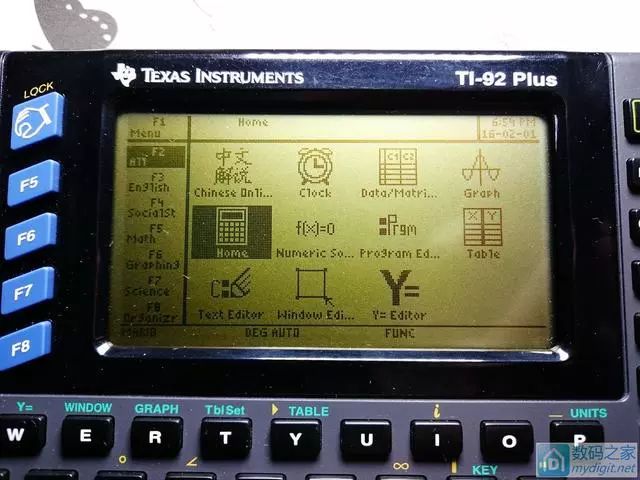
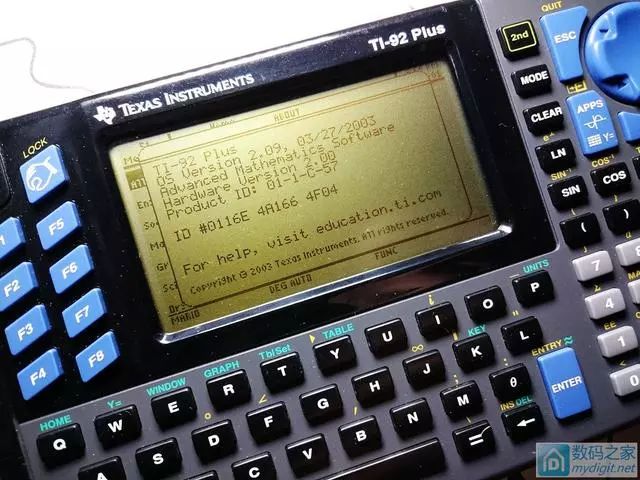
Next, let’s discuss why overclocking is necessary and how to achieve it:
According to relevant information (from Texas Instruments’ official sources and related technical forums), the CPU used in the TI-92 Plus graphing calculator is the Motorola 68K series MC68SEC000, with a clock speed of 12MHz (some sources state it is 10MHz). Undoubtedly, this clock speed is considered too low from today’s perspective (many inexpensive microcontrollers now have clock speeds exceeding 10MHz), and this calculator indeed requires several seconds or more to perform certain complex calculations during actual use.
I searched online and found that tech enthusiasts abroad had already discovered methods to overclock the CPU of this graphing calculator. Upon closer examination, the information actually discusses overclocking methods for the TI-92 and TI-92 II. The main method involves desoldering the surface mount capacitor C11 (which is said to be 47pF) on the PCB of the TI-92 and replacing it with a capacitor rated at 8pF (if the calculator fails to boot or displays garbled characters after replacing this capacitor, one can try replacing it with a 10pF capacitor); the recommended solution in the article is to add a switch in series with the original 47pF capacitor and a 10pF capacitor (resulting in an equivalent total capacitance of 8pF), allowing the user to switch to overclocking mode when needed (since overclocking consumes more power and game programs run much faster after overclocking, the switch can be toggled back to normal mode when playing games or wanting to save power).
According to the article, this method can increase the CPU operating frequency of the TI-92 (and TI-92 II) to nearly double the original default clock speed (around 18-20MHz).
Although the article also mentions that this method can be applied to the TI-92 Plus, in reality, the PCB layout of the TI-92 Plus has been improved, making it more similar to the Voyage 200 and significantly different from the TI-92. However, the principle of overclocking remains the same. For the TI-92 Plus, the capacitor that needs to be changed for overclocking is actually C9.
Another website’s technical documentation specifies the correct overclocking method for the TI-92 Plus. In this article, an attempt was made to replace the C9 capacitor with a 10pF capacitor (the equivalent value of two 20pF capacitors in series), but the system failed to start correctly, so a 20pF capacitor was used instead, successfully achieving overclocking. Based on this article, I attempted to overclock my TI-92 Plus calculator, and the specific method is as follows.
First, remove the back cover of the calculator and take out the batteries (the CR2032 backup battery and four AA batteries).
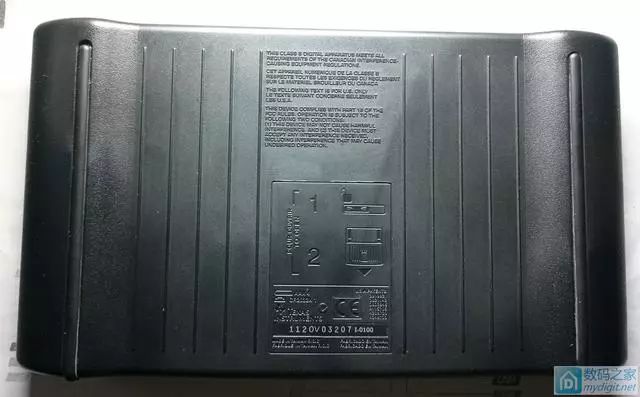
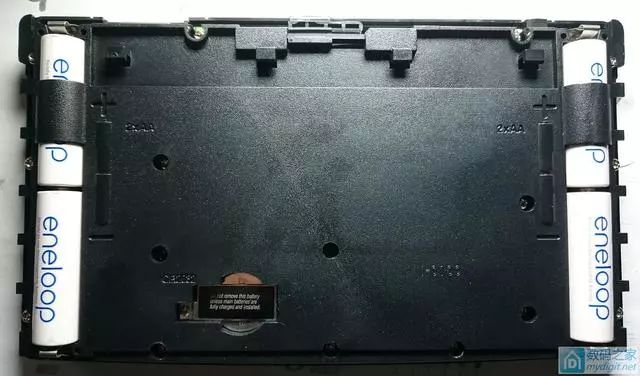
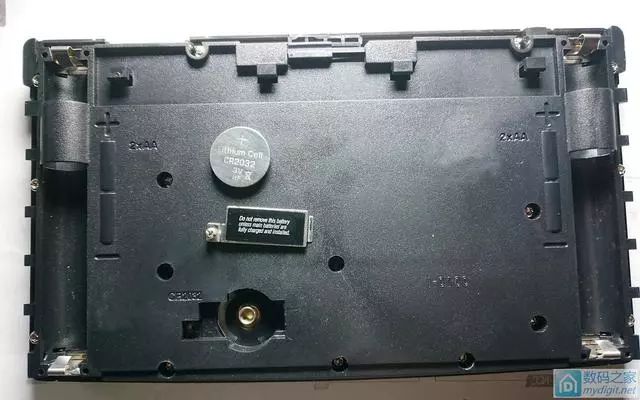
Next, use an appropriate screwdriver to remove all screws from the back cover and take off the back shell, revealing the entire PCB.
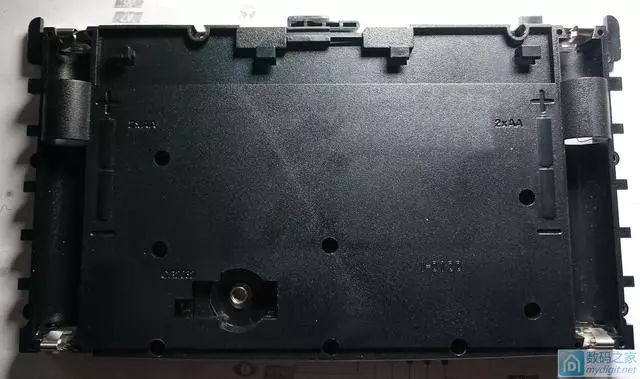
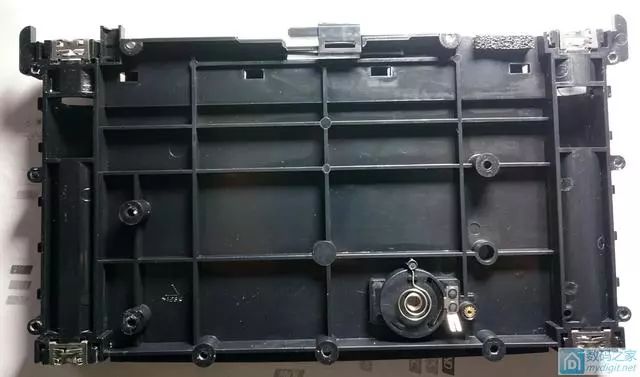
The entire PCB surface is covered with a shielding layer; removing this shielding layer reveals the circuits and components on the PCB.
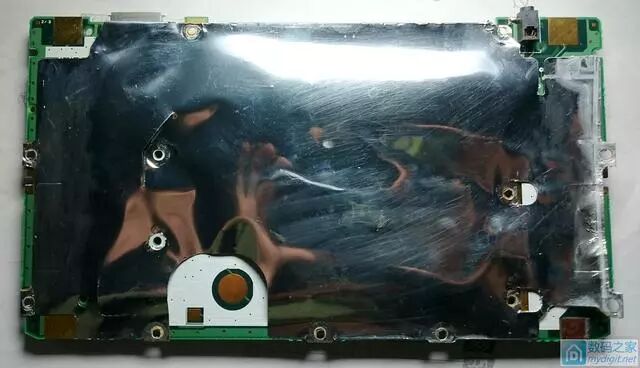
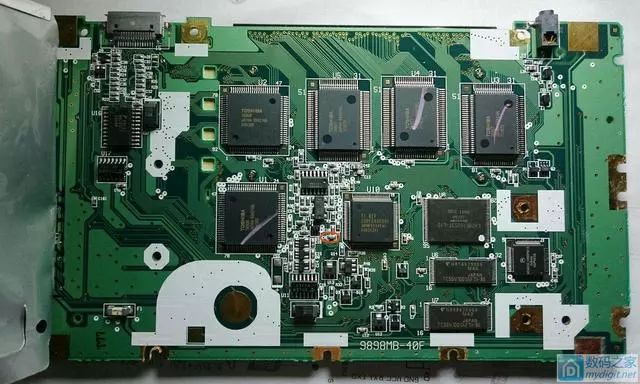
The component marked with a small red circle in the central area of the PCB is the surface mount capacitor C9 that will be replaced in this modification.
Below is a close-up image, with C9 marked in a circle.
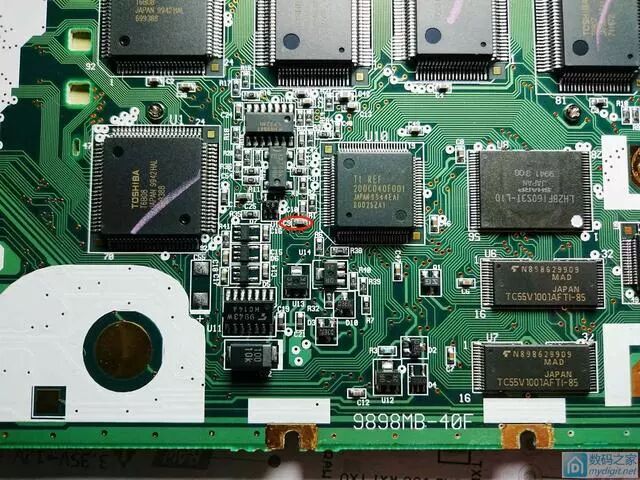
Using a soldering iron, I desoldered C9 and measured it with a multimeter; the parameter of this C9 is 16pF (not the 47pF stated in previous materials). I then tried replacing it with a 10pF capacitor, but the calculator failed to boot correctly (displaying garbled characters), likely due to the CPU speed being too fast after overclocking.
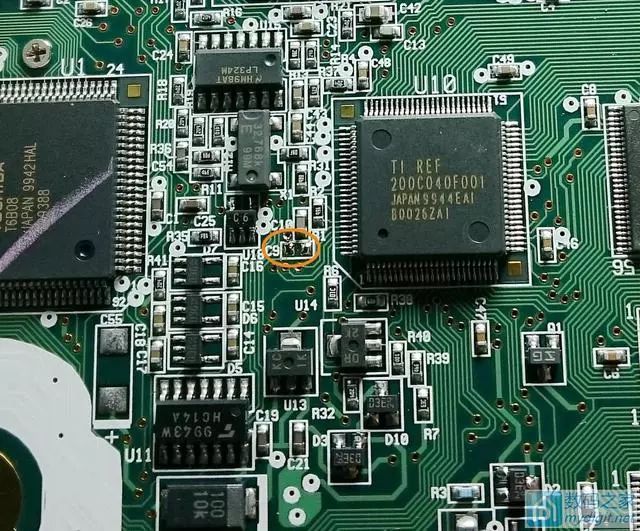
So, I replaced it with a 15pF surface mount capacitor (I didn’t have a suitable 0603 size capacitor, so I used an 0805 size instead, which is just slightly larger). This time, the calculator booted up normally, and the response speed was noticeably faster, with the time taken for complex calculations significantly reduced, successfully overclocked. Since I don’t plan to use it for gaming, I didn’t add a switch; I simply soldered a 15pF capacitor, which, although only 1pF less than the original capacitor, made a noticeable difference in speed.
Here is the replacement surface mount capacitor (15pF) and the result after soldering:
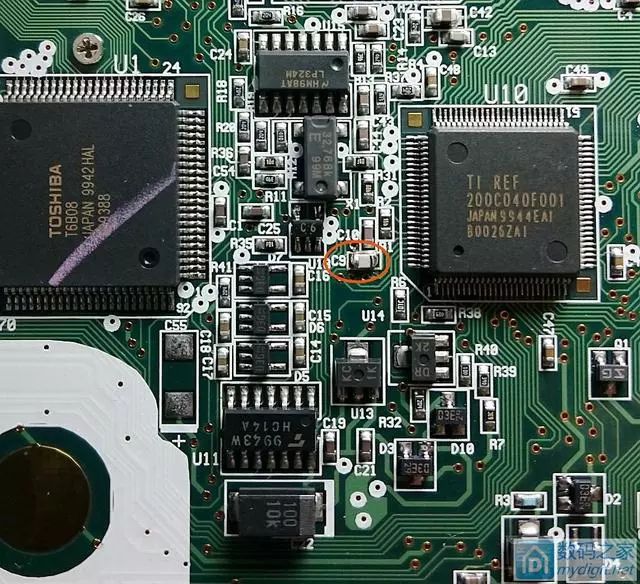
Continuing from above, after successfully overclocking, here are some disassembly images:
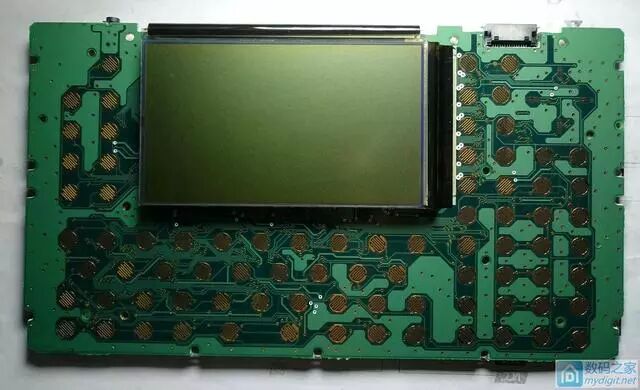
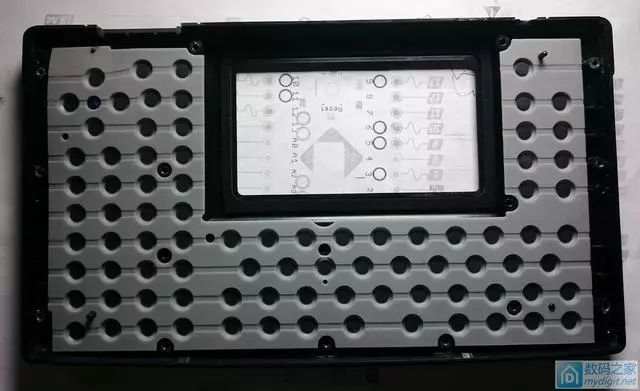
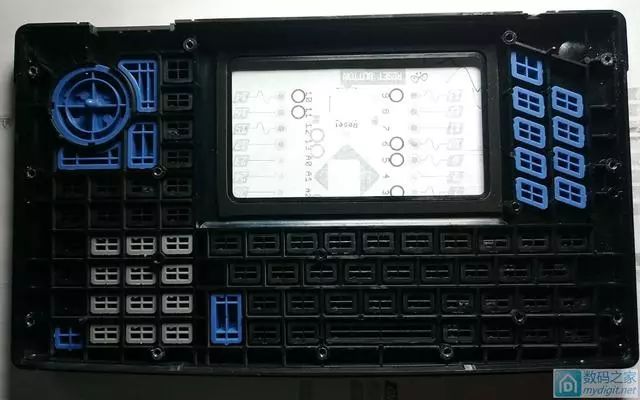
Here is a close-up of the TI-92 Plus graphing calculator PCB:
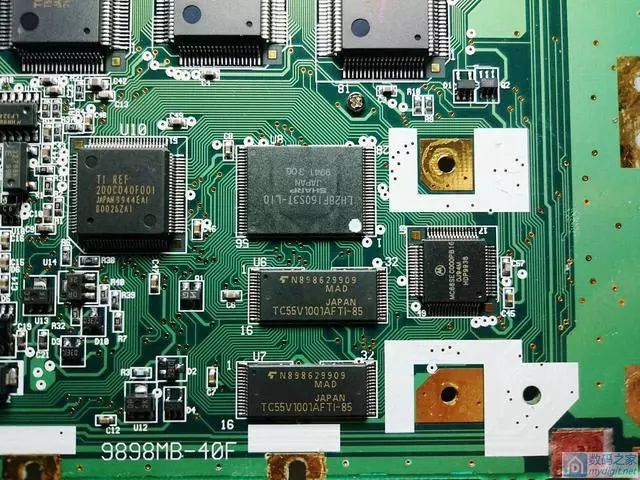
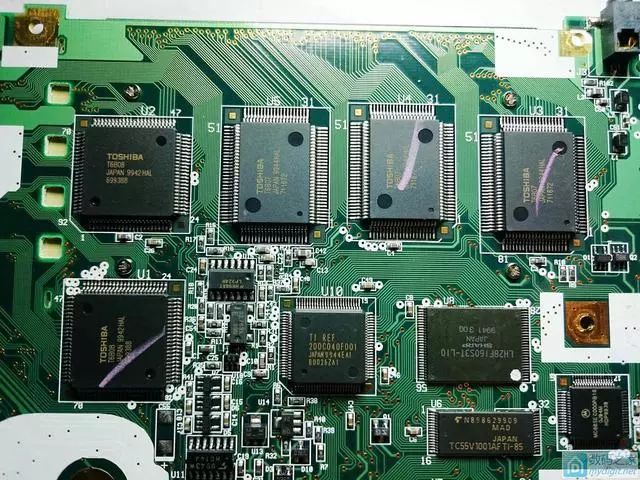
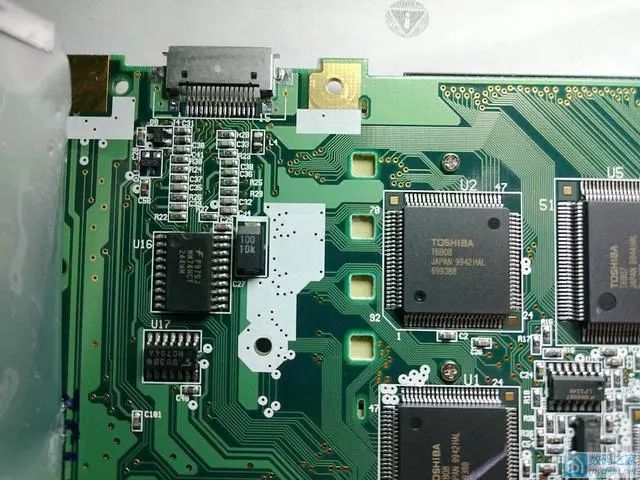
Here are the main tools used for this overclocking (I forgot to take a picture of the multimeter; I used a Uni-T UT61E):
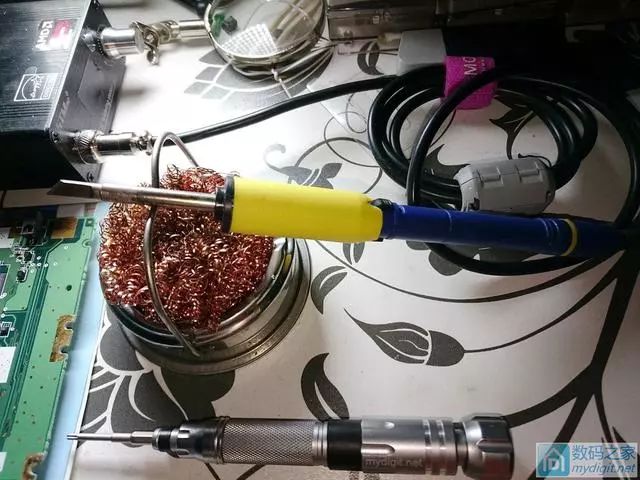
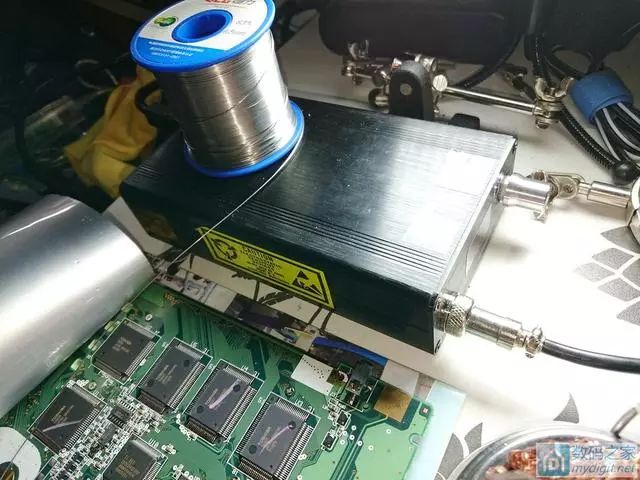
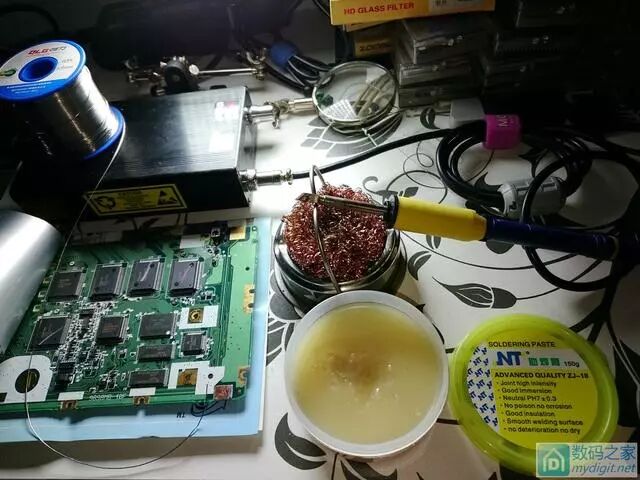
After completing the modifications, I reassembled it, and it looks as good as new:
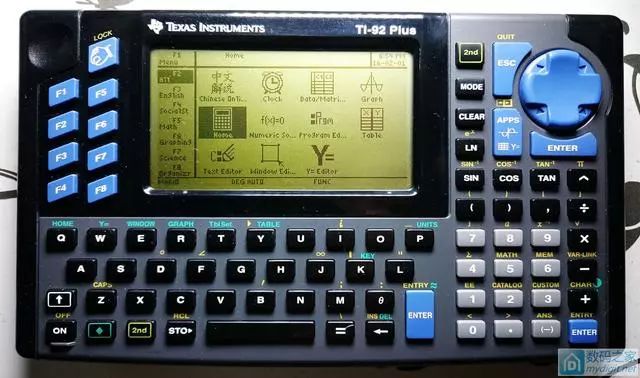
I tried calculating “250!” (the factorial of 250; the method to input “!” is shown in the first screenshot in the second post below), and before overclocking, it took 7 seconds to display the result, but after overclocking, it only took 4 seconds, clearly showing a speed increase in calculations.
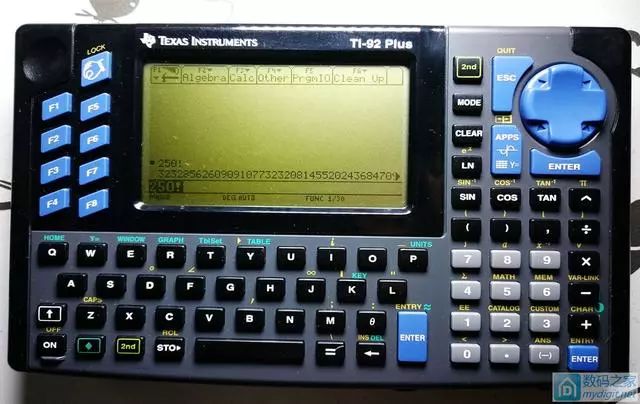
I also installed a Super Mario (68K version) ported game to test; the speed of object movement in the game was also noticeably faster, and if skilled, it is possible to complete the game.
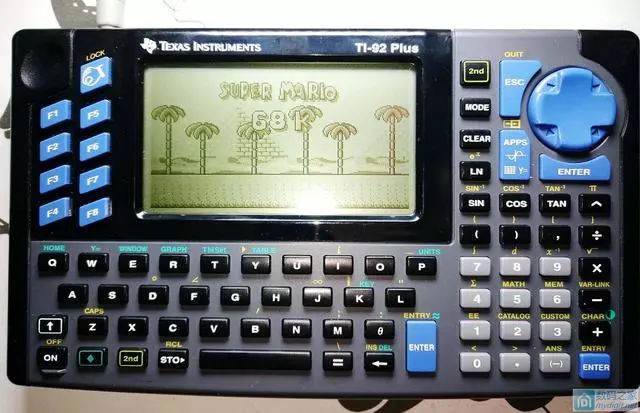
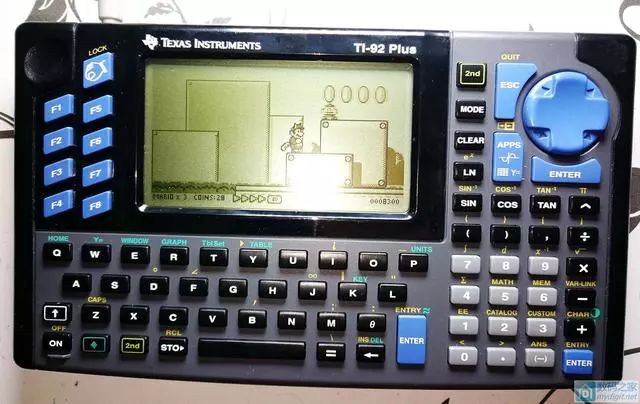
If any forum friends are interested in this graphing calculator, you can try installing an emulator on your Android phone to experience it (you will need to download the calculator’s ROM file from the Texas Instruments official website): Graph 89 1.1.3c (which can simulate TI-89, TI-89 Titanium, TI-92, TI-92 Plus, and Voyage 200) or Calc 92+ 1.0.15 (which can only simulate TI-92 and TI-92 Plus).
For the commonly used Texas Instruments graphing calculator ROM (including the firmware for models like Voyage 200 and TI-92 Plus), it is recommended to install the Voyage 200 ROM file in the emulator first, as the built-in Flash memory space of the Voyage 200 is about 1MB more than that of the TI-92 Plus, allowing for more applications to be installed for additional functionality.
The official Chinese user manual (PDF format) for the Texas Instruments TI-92 Plus graphing calculator and user manuals for other models can be downloaded from the Texas Instruments official website. Screenshots of the emulator in operation: Note: The TI-92 series (including TI-92, TI-92 Plus, Voyage 200, etc.) graphing calculators do not have touch screens, so menu options on the calculator screen are navigated using the physical directional keys located at the top right of the calculator. Additionally, the emulator uses the official ROM files of the graphing calculators released by Texas Instruments (the calculator system firmware), so all calculations, operations, and settings in the emulator are completely consistent with the physical calculator (except for file synchronization with the computer, which is not available, but files can be installed in the calculator through the emulator menu). Screenshots of the Graph 89 emulator running on an Android phone simulating the TI-92 Plus graphing calculator:
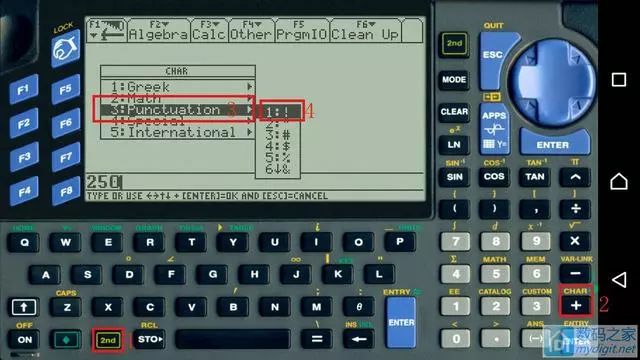
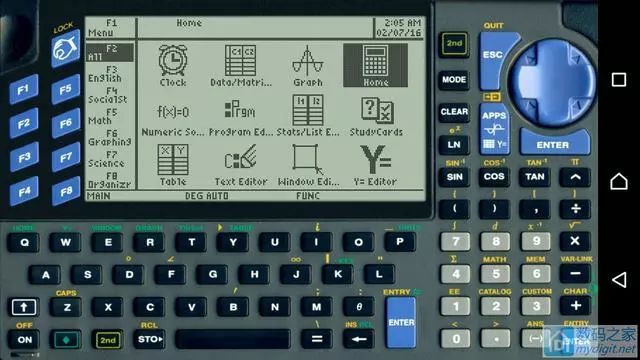
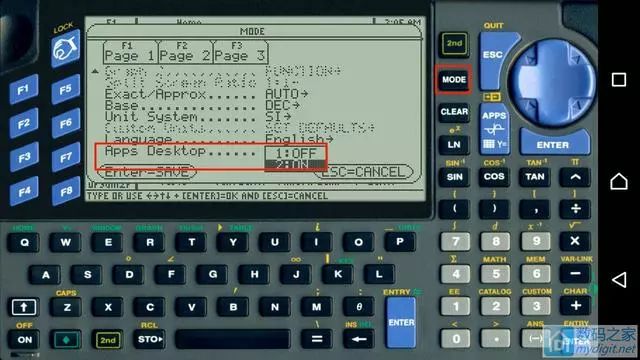

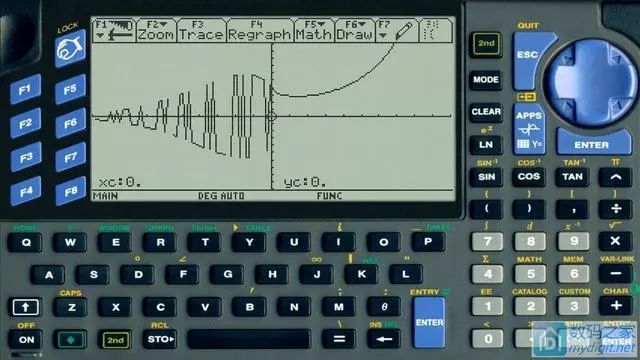
Here are photos of the physical calculator and the emulator running on the phone (showing the TI-92 Plus physical calculator and the emulated Voyage 200 and TI-89 Titanium in the Graph 89 emulator on an Android phone, along with a photo of the TI-92 Plus next to the Nspire CX CAS):
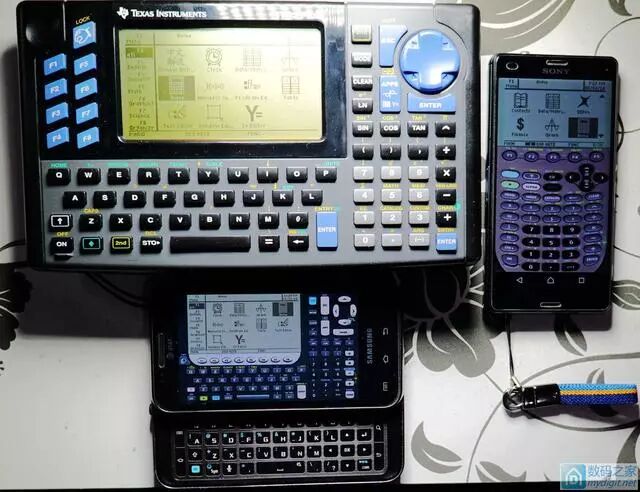
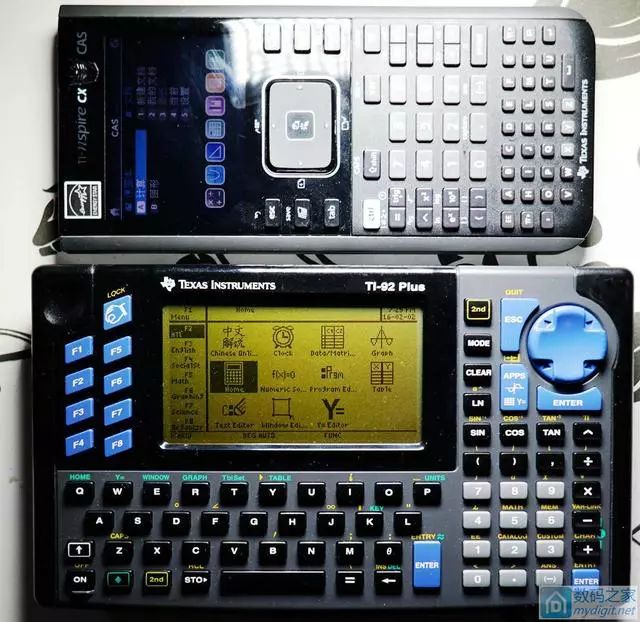

Disclaimer:This article is original by the author, and the content reflects the author’s personal views. The Electronics Enthusiast Network reprints it solely to convey a different perspective and does not represent the Electronics Enthusiast Network’s endorsement or support of this viewpoint. If there are any objections, please feel free to contact the Electronics Enthusiast Network.More exciting articles to read
-
Dji Enters the Market, Velodyne Lowers Prices, and a Large Supply of Automotive LiDAR Begins in 2020!
-
Explosive Growth of TWS Earbuds in 2020, Intensifying the NOR Flash Shortage
-
China Builds the World’s First Civilian Electromagnetic Wave Transmitter; SMIC Starts Customer Introduction for 12nm; Hua Hong’s 14nm FinFET Process is Fully Connected…
-
Top Ten Electronic Applications Expected to Explode in 2020
-
New Pattern of Domestic Storage Chips: Achieving Large-Scale Production in 2020!